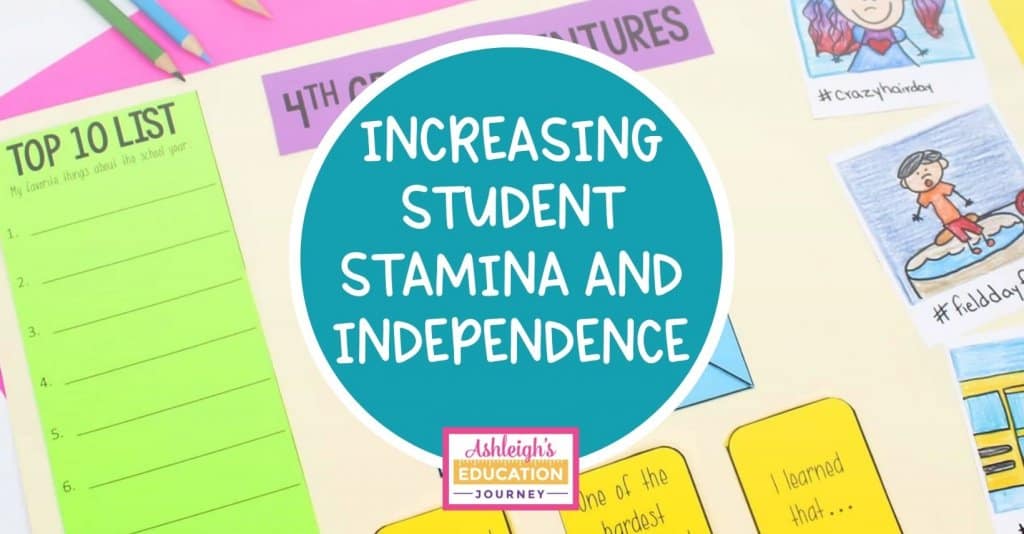
It’s not a big revelation that this year is an incredibly challenging school year. What has been surprising is that academics aren’t most teachers’ biggest concern. Yes, there is an academic impact from the past two years, but the behavioral effects appears to be even more significant. Due to the conditions of the past two years, many students have developed bad, or not conducive to the classroom, work habits.
There were dozens of “solutions” to teaching during the pandemic-virtual, hybrid, face-to-face, alternating schedules, and more. There was also a range of expectations from students-from all work is optional to expecting students to maintain the same pace as pre-pandemic instruction.
This means we’re all seeing different behavioral effects. Some teachers are trying to change the mindset that work is optional. Others are working with students who have been conditioned to stay on task only when an adult sat and worked with them one-on-one. Teachers are seeing students who lack independence and stamina.
These behaviors cannot be corrected with a magic fix – trust me, I’ve looked! Instead, it will take time, consistency, and support.
In this post:
Academic Independence
To support students in becoming independent, I’ve found that it’s essential for me to provide students with scaffolding. I find that students will eventually quit using these resources when they feel confident in themselves. I don’t view this scaffolding as a “crutch,” because students are using tools to assist in learning, not to replace learning.
Writing
I always have a few students who need a little extra support with spelling, so I’ve created a personal word wall for these students. The word wall contains high frequency words (mostly Dolch sight words), number words, color words, synonyms, proper nouns, social studies words, and science words.
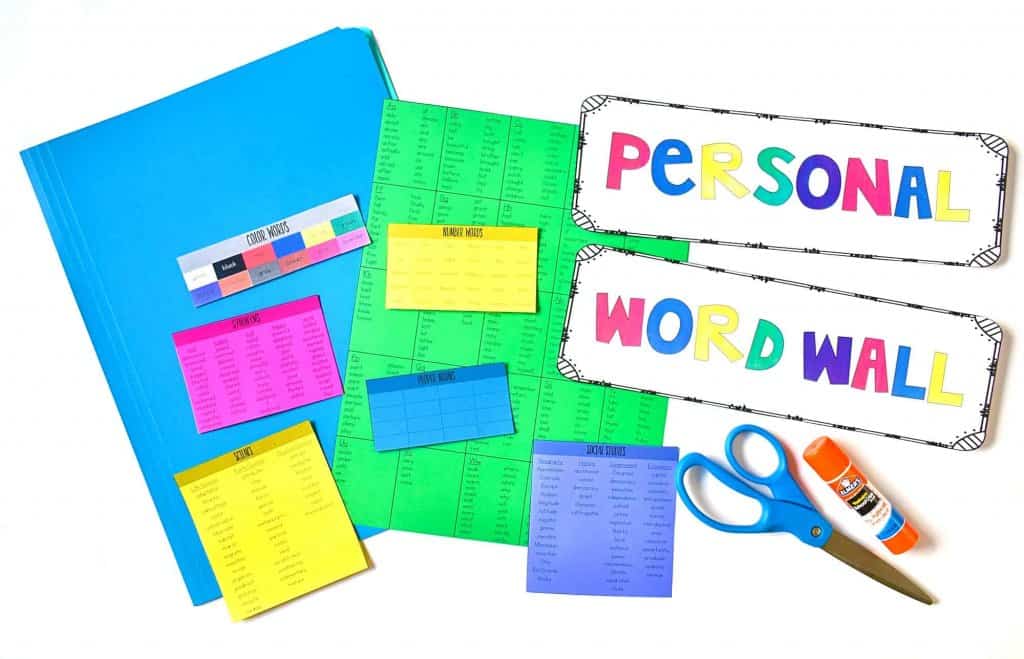
The proper noun section was requested by my students. There are many names and places that students frequently use in their writing, and they thought it would be helpful to have a visual reference for those words. I included an editable file for social studies, science, and proper nouns, because those words will be specific to your grade level, standards, and students. You can check it out in my TpT store here.
Math
After seeing the usefulness of the personal word wall for spelling, I created a similar resource for math. I’ve included a fraction table, which is especially helpful teaching equivalent fractions and comparing fractions. There is a measurement conversion table and a types of lines chart. There is a big multiplication table, which is easy for students to read and a place value chart. You can find the folders here.
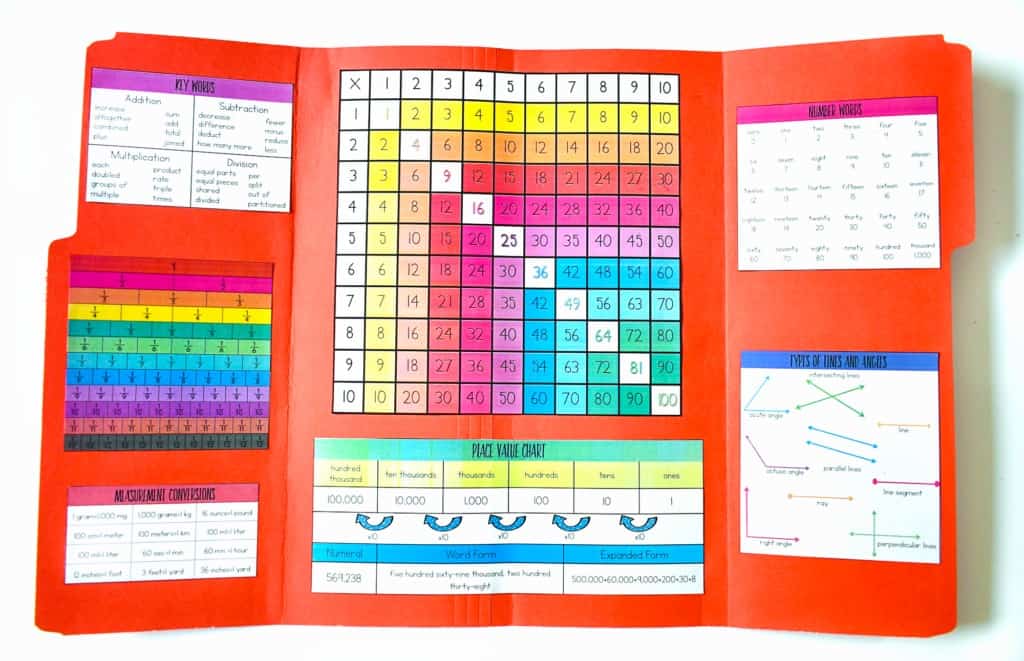
Desktop Helpers
Another resource that I love is my Desktop Helpers: math and language arts. We move around the classroom all of the time, so while students do have a desk, they don’t sit at it all day. These cards are interchangeable, because I do not use the same set of cards all year. I originally placed self-adhesive pockets on students’ desks, and I can easily swap out one card for another. The vinyl pocket is something I found on Amazon. The pockets lasted a year, but by the end of the year the didn’t look good. I now attach magnets to the back of the cards and attach them to the side of students’ desks. I found this is a little neater and more out of the way.
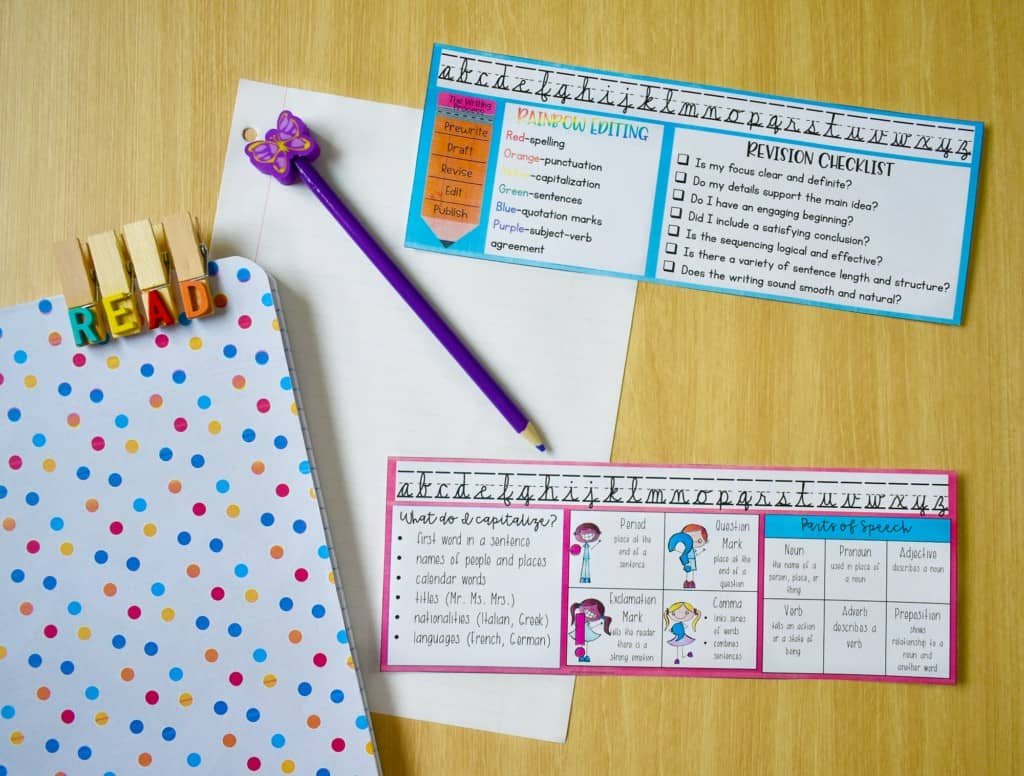
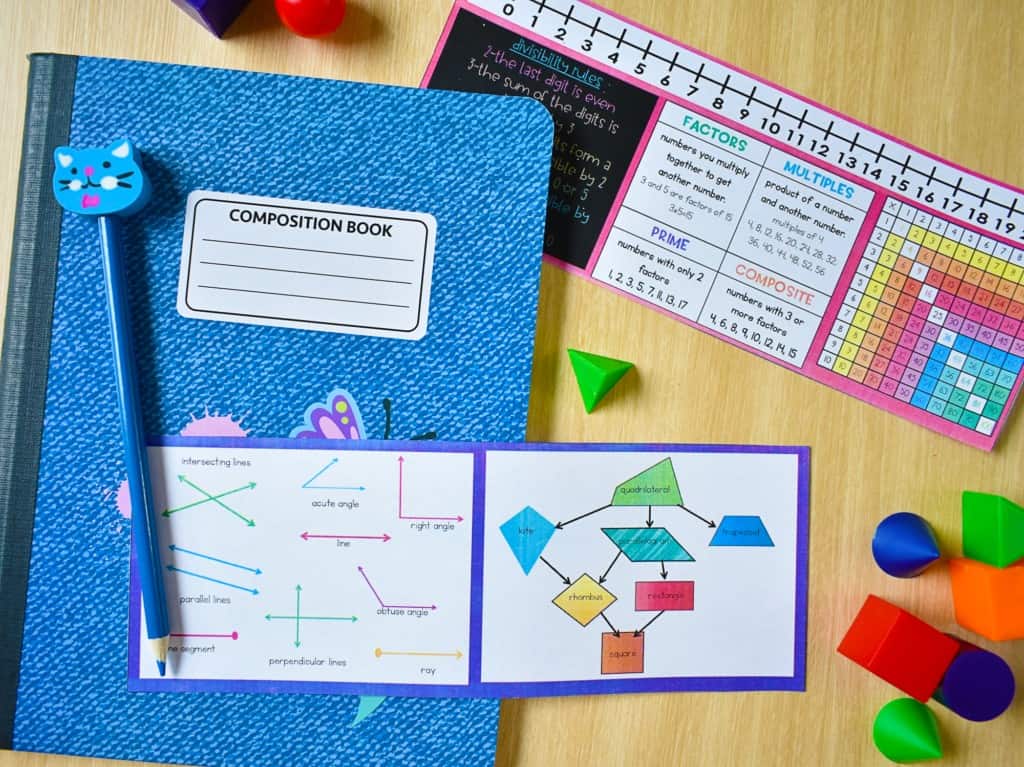
Math Notes
I love using Scribble Notes during my mini lessons. They are fun and student friendly, and they provide a reference and examples that students can easily refer to during math. These notes can be used for modeling during your mini lesson and are a great help in guiding instruction.
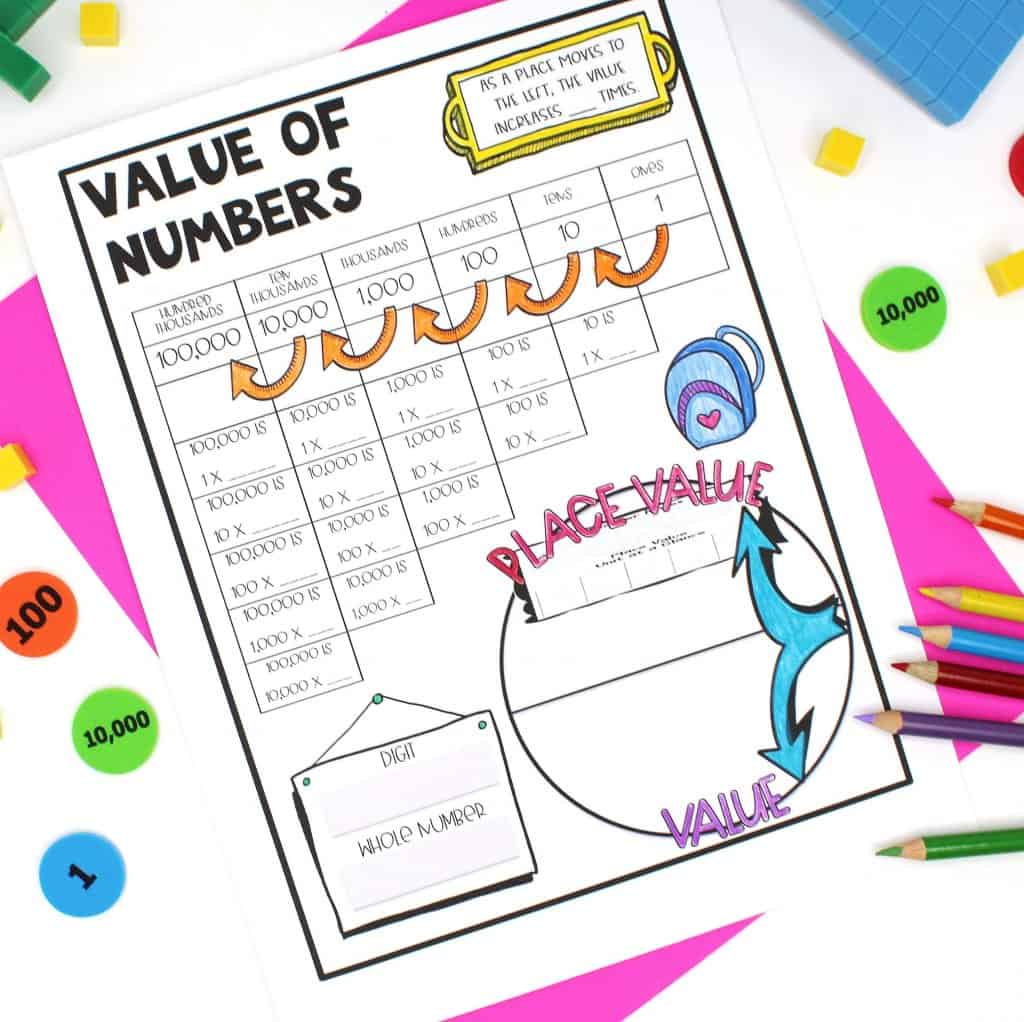
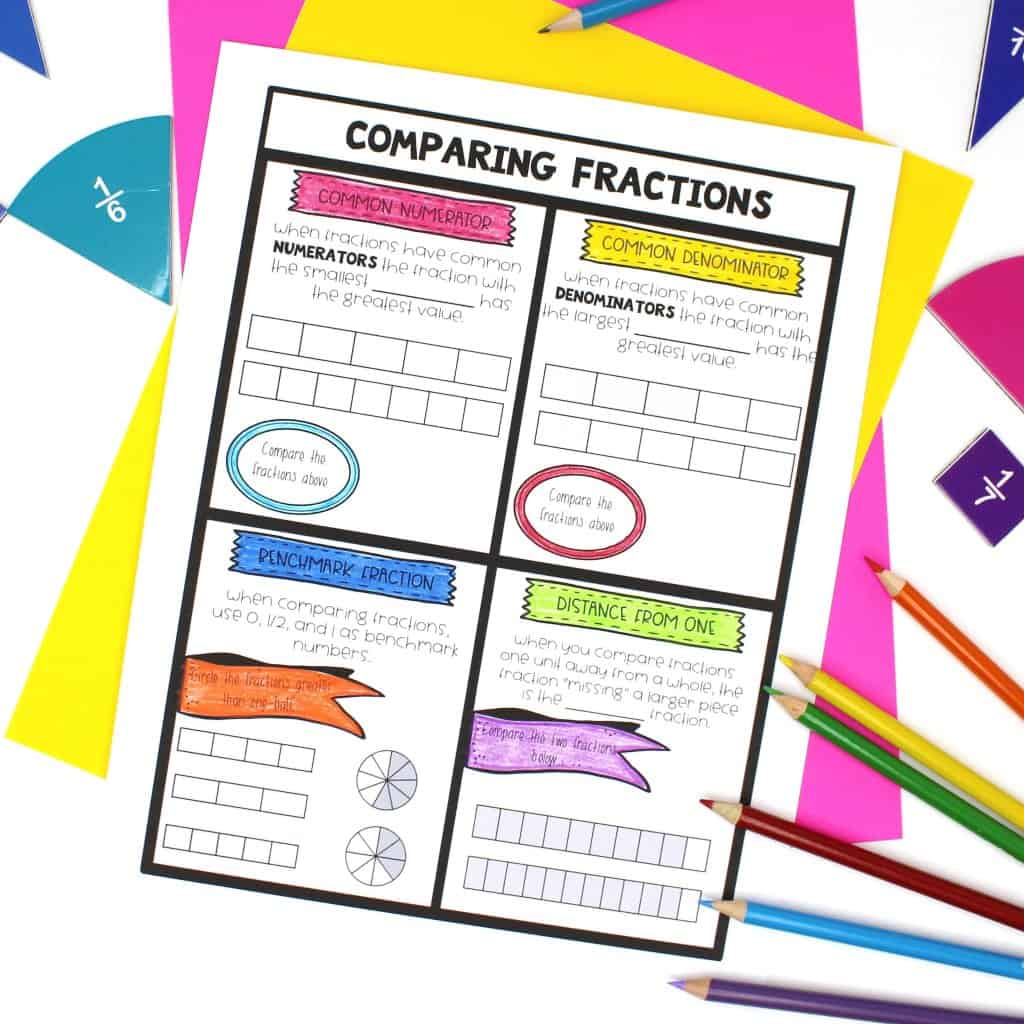
Anchor Charts
Anchor charts are another great way to encourage independence. I have a huge bulletin board that I can use as a focus wall. That’s where I display our standards, essential questions, and vocabulary. I also use this space to display our anchor charts. Since I teach math to multiple groups, I don’t make a fancy anchor chart for each group. As I teach I create what I think of as my rough draft. Then, I display a polished version of what we made together. I have many different options of anchor charts, and you can find those here.
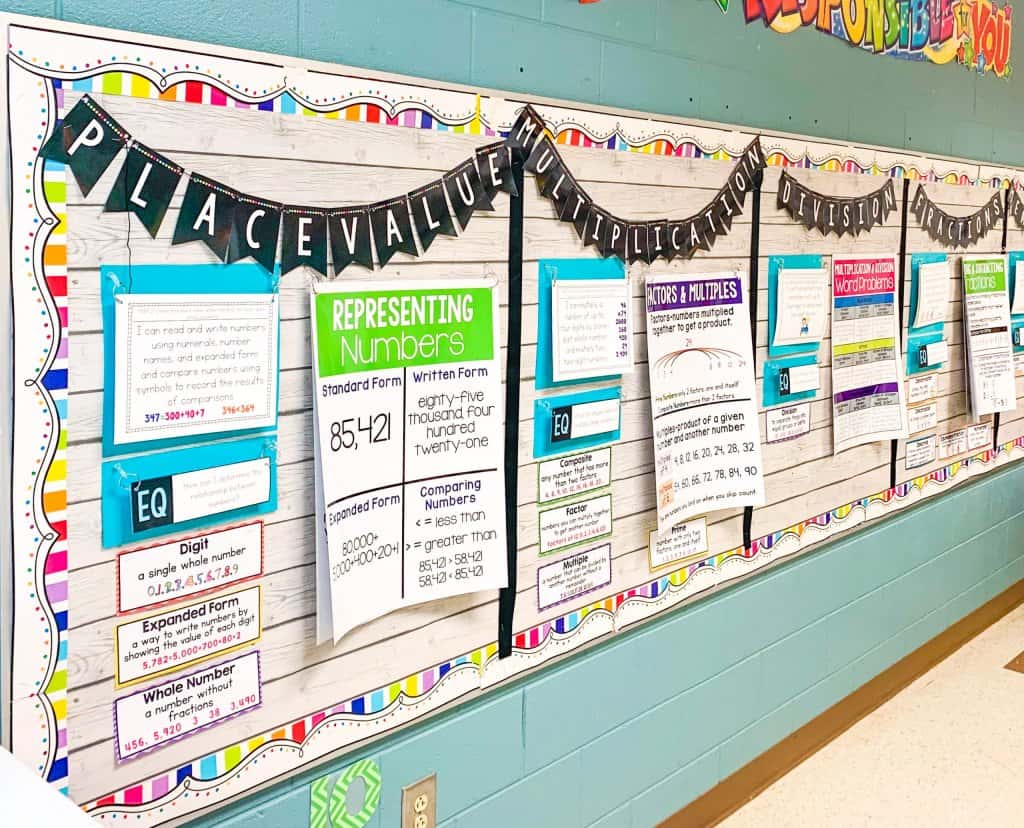
Behavior Independence
I’ve found that changing this mindset is far more challenging than academic independence. As student needs vary from student-to-student so will our responses to those needs. There is no one-size-fits-all solution.
Productive Struggle
This year more than ever students have to learn how to work their way through a problem-academic and non academic. Allowing children to struggle with something goes against our instincts. When I see a child having difficulty, every pore in my body wants to take over and fix the problem. However, that is exactly what I should not do. Struggle time is an essential part of the learning process.
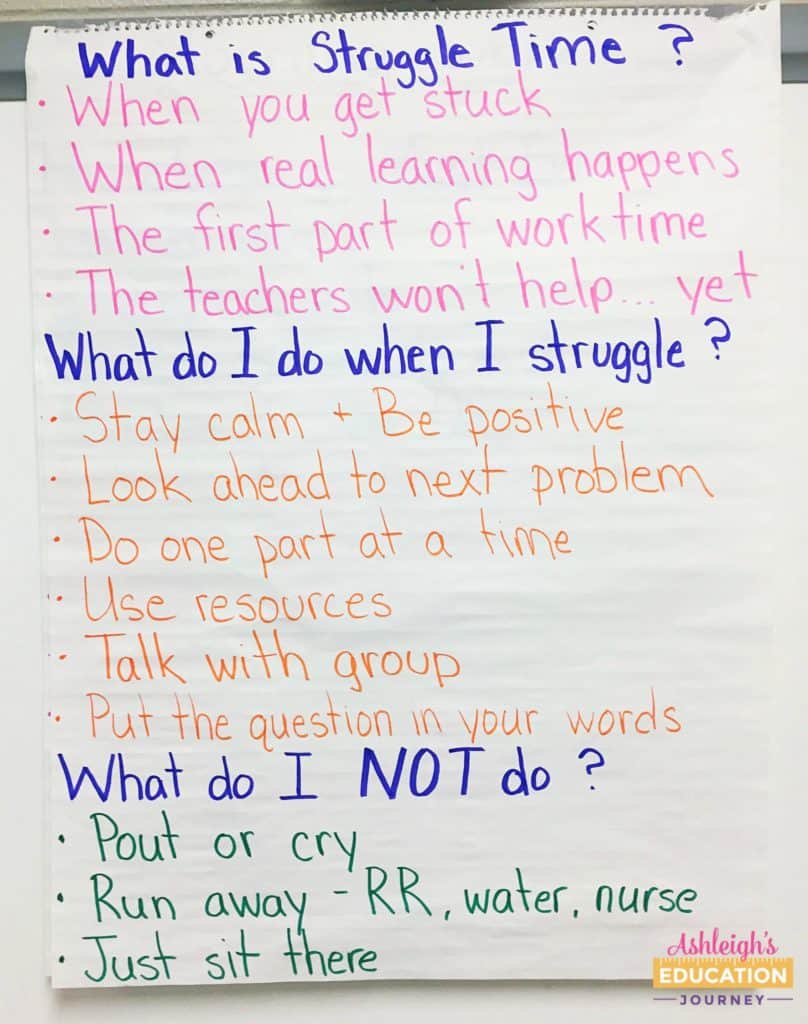
I’ve found that defining the struggle makes it much less intimidating and overwhelming for my students. In my classroom we call it “Struggle Time”. After introducing the idea of struggle time, I work with the class to create an anchor chart that defines and explains what to do if they are “stuck”. I want students to know that they will all struggle with something during the year. This is the time when real learning occurs.
We also discuss what not to do. I added run away to the chart, because I often see students avoiding challenging work by going to the restroom, asking to to get water or refill water bottles, asking to go to the nurse, etc. I see that frequently, and I think students are surprised that I notice. The final and most important thing for students to not do is to just sit there. I explain that I would MUCH rather see them try and fail that not try at all.
Prove It
As a teacher, I don’t want students to say, “I don’t get it” or “I don’t know what to do” after making no attempt. We set a classroom expectation that they student must show me a strategy they tried before asking for help. Students must show an effort to get started and to overcome their challenges. Waiting to be rescued doesn’t help the learner. When we rescue students, we’re communicating that we don’t believe the student can solve the problem. Once I see the effort, I ask guided questions that help the student get started.
If I see that a student is completely confused and not making any forward progress, I will work with that student individually or in a small group if there are other students in the same situation.
Stamina
Raise your hand if you’ve seen a decrease in student stamina this year. Yeah, me too.
We have to retrain our students, and more than likely we’ve had to take several steps back in order for our students to be successful. Once again, it’s helpful to give the word a definition and set set the expectation of stamina in the classroom.
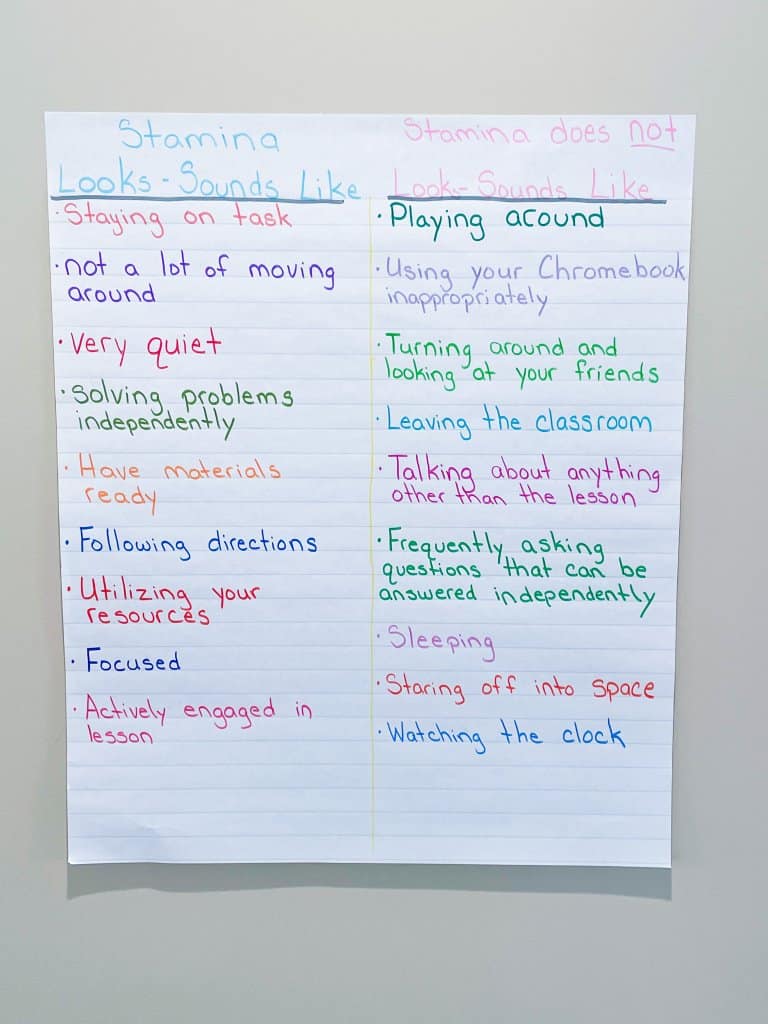
During this lesson I love to share a personal story and to explain why stamina is so important. You can even have students share their own stories. That would be a fun tie-in to personal narratives! Role playing is a great way to model what stamina is and isn’t. You can even have your students develop their own situations where stamina would be needed in the classroom.
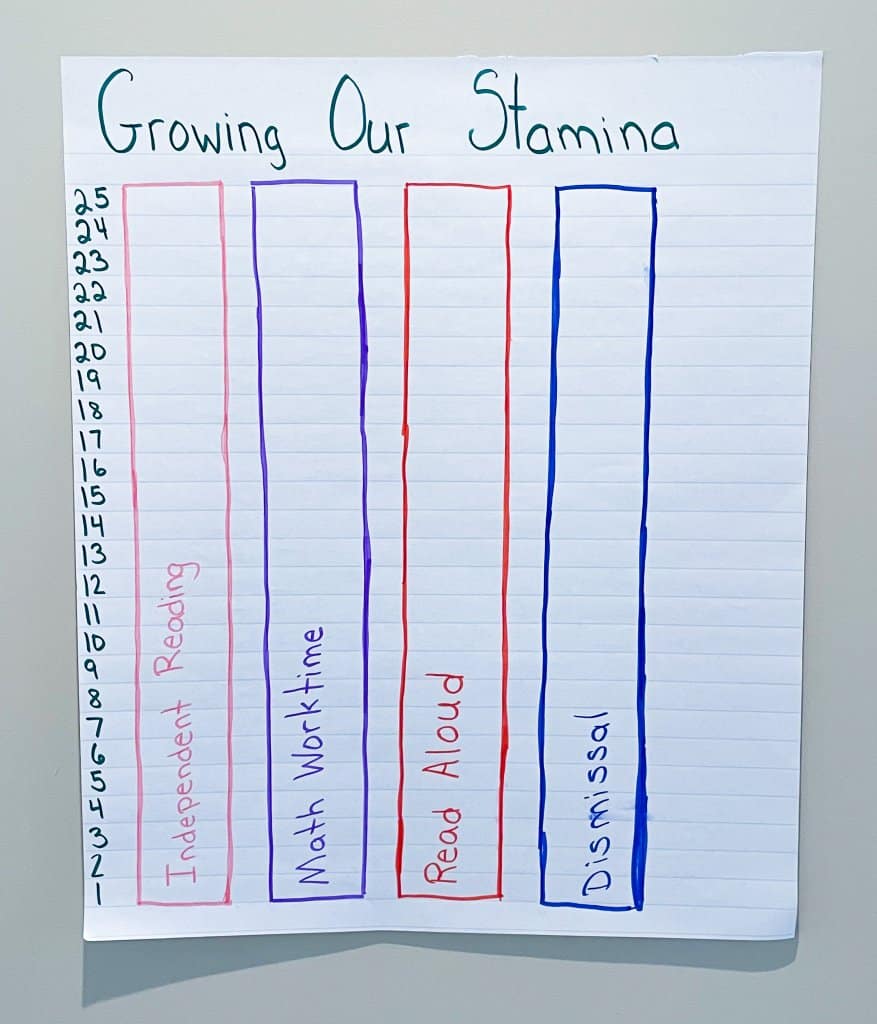
It’s important to have realistic expectations. After teaching about stamina and setting your expectations, you still won’t see a huge jump. It takes time and consistency, so expect to take baby steps. You may want to set goals for different parts of the day such as independent reading time or math work time (whatever is a struggle for your students). During those parts of the time, project a timer to monitor how long students can meet the class stamina goals.
